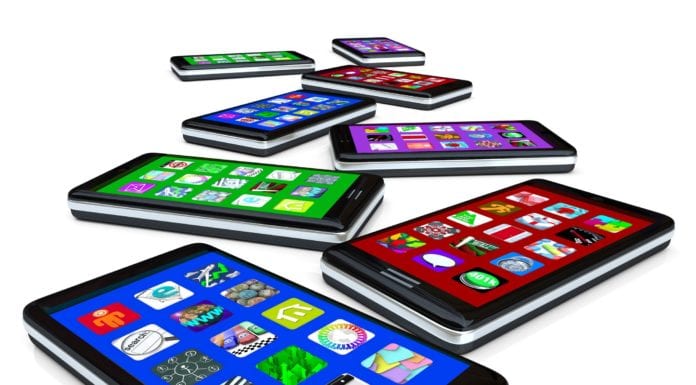When selling a mobile device, operators have always explored ways of driving higher attachment rates. Whether through trade-in/buy-back programs or bundling services like Netflix and Spotify with a data plan, operators have used secondary products to improve customer advocacy and latch onto the increased affinity the customer has to their device.
Once smartphone prices rose past $1,000, coupled with most operators moving away from subsiding devices on zero-dollar plans, protecting that device became both a necessity and an opportunity for operators to boost attachment rates through insurance. That said though, why does mobile insurance so regularly miss the mark?
The constraints of eligibility
Where mobile insurance has so often fallen flat, is in its capability to improve the customer’s experience. The majority of smartphone users rely on their device, meaning if their phone gets damaged and they have to wait up to one week or more for it to be fixed, it’s increasingly seen as a poor customer experience. If a customer is to pay a premium for a mobile insurance plan, they will want immediate resolutions, free of lengthy scrutiny to what caused the loss or damage and whether it’s approved or not.
Traditional mobile insurance is a claims labyrinth for customers — typically there are a myriad of rules insurance buyers have to follow to protect their device, failing which their claim for damage could be rejected. This approach alienates customers, removing trust from the relationship and leaving them to feel as though they pay for a service they never receive. It’s a dated model that has kept adoption rates of mobile insurance low. However, customers are not averse to the idea of protecting their devices.
Ultimately, these customers are paying the price for the race to the bottom that we have seen operators, OEMs and retailers engage in for years. Retention has historically been poor for operators and that’s because they slash prices at the expense of a rich customer experience. But it has been proven that products that promise immediate resolutions regardless of how the device became lost, stolen or damaged, will see higher attachment rates and customer advocacy because customers care about their device’s health and condition.
The device protection revolution
In essence, the mobile industry needs to start putting customer priorities first. Traditional mobile insurance hinders the customer experience and the only guarantee it provides is that of customer churn. It’s time for a revolution on mobile insurance and a shift towards complete, holistic device protection. Unlike mobile insurance, device protection has financial services exemptions and is based on specific damages or loss, regardless of how it happened.
Device protection also goes one step further than insurance and is available with other bundled services that enhance the experience across the device’s lifecycle such as early upgrade through Future Price Commitment (FPC) on used devices. Customer demands have fundamentally changed, driving an appetite for the type of product that provides a whole device lifetime proposition of support.
Equally, technology is changing the way device care and protection is offered. Insurance can only be offered at the point of sale of a new device to mitigate fraud risks in case a device is already damaged or lost and the customer makes a claim when signing up. Technology now allows the operator to assess a device remotely and accurately as being free of damage and fully functional, including being in the customer’s possession at the point of signing up. These capabilities can also be used to target the percentage of subscribers that don’t sign up for device protection at the point of sale but can now be offered protection across the entirety of the device’s lifecycle.
Device protection presents an opportunity for operators, OEMs and retailers to really hone in on improving the customer journey. As mentioned already, it provides a unique opportunity to bundle services as well as cut out specific types of protection based on the customer’s requirements. Things like screen protection can be offered at a reduced cost. Twenty-four-hour repair and replacement is a key selling point, as well as the ability to diagnose a device quickly to assess whether it is time to upgrade the device, something that can also be offered for just a small additional fee. Data privacy is also seen as an increasingly front-of-mind issue for customers — wrapping trusted, secure data sanitization processes into repair and replacement and trade-in programs will improve customer trust, which is critical for driving loyalty and subscriber retention.
Operators must now make the switch to device protection: plans that cover a customer’s phone and provide a resolution in rapid time, irrespective of how and where the device was damaged or lost. Simplicity and ease of claims are central to this proposition and operators will benefit not just from higher attachment rates, but also higher advocacy and an improved customer experience. The device protection value proposition should continue to strengthen, with value adds like early upgrades, tech support, device diagnostics and data management, all factored in to create a clear path to mobile repair and replacement that keeps the device in the customer’s hands and provides a long-term model for sustainability.

